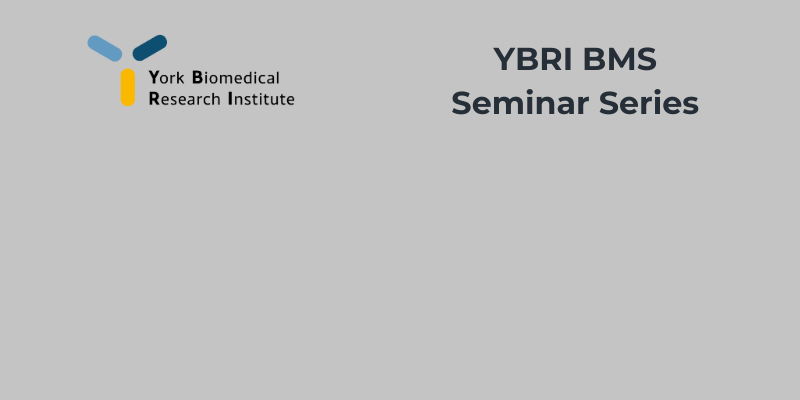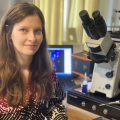
Decoding Ductal Carcinoma in Situ (DCIS) Progression via Digital Pathology, AI-Based Analysis, and 3D Cell Modelling Dr Nina Moderau (Imperial College London) presents her work on a multi-gene 3D breast cancer model. Hosted by Dr Andy Holding.
Event details
Abstract
Ductal carcinoma in situ (DCIS) infrequently progresses to its aggressive stage of invasive ductal carcinoma (IDC). Although only estimated 14-53% will progress to IDC, DCIS current treatment protocols do not account for this. Lack of suitable biomarkers or signatures to accurately distinguish between non-progressing and progressing DCIS lesions lead to overtreatment.
The current clinical assessment based on histology only provides limited resolution of spatial heterogeneity; not resolving cellular architectural criteria and their multi-dimensional aspects. To address this, our research integrated technologies like digital pathology and machine learning to identify a differentiation signature as well as to develop a classifier to robustly distinguish between progressors and non-progressors. Implementation of topological data analysis (TDA) helped to identify significant changes in protein and intraductal heterogeneity levels for human epidermal growth factor receptor 2 (HER2) during progression.
Using our heterogeneity 3D cell models, we interrogate the findings of our computational analysis and could validate a specific signature of HER2 and hormone receptors (HR) that would lead to a more invasive phenotype.
Taken together, our study shows the necessity to analyse patient samples on cellular level to grasp protein level and heterogeneity to improve diagnosis and tailor treatment in DCIS.
About the speaker

Dr Nina Moderau
Nina is a Research Associate in the Department of Surgery and Cancer at Imperial College.
Nina's team are working to analyse the impact of the many ways in which different cells can vary from each other within a tumour (heterogeneity) on cancer cell competition, survival and progression. It is because of heterogeneity that it is so hard to predict where cancer will reappear in the body, and why it has often developed resistance to treatment by that time. They are researching breast cancer, this work may be applicable to many types of cancer once developed.
Nina is creating a multi-gene 3D breast cancer model that will predict the growth of multiple clones at the same time and their interaction with each other. Ultimately, this will indicate which genes are co-operating with each other to promote cancer growth and spread.